6 full-size alternatives to muscle cars
Plenty of cars from the ’60s and ’70s offer beautiful designs and gutsy power plants but don’t neatly fall into the muscle car category. In the past, we’ve offered up some more affordable, midsize alternatives to the typical muscle car. This time, let’s delve into some of my favorite full-size cars from the era. Sure, they were bigger and heavier than their drag strip–hero counterparts, but they brought some big V-8 power to bear.
These cars were often the premier models in their showrooms. They featured a plusher interior and often prioritized a smoother ride. While their rowdier muscle car brethren featured some of the same power plants in smaller, lighter packages and dominated the drag strip, these cars were built for the highway and are still perfectly suited for weekend cruising or road-trip duty.
Whether totally stock, lightly resto-modded, or fully customized, here are six full-size hardtops that are overdue for some adulation. Translation: When you can find them, these fantastic cars are often a bargain.
1970 Ford Thunderbird
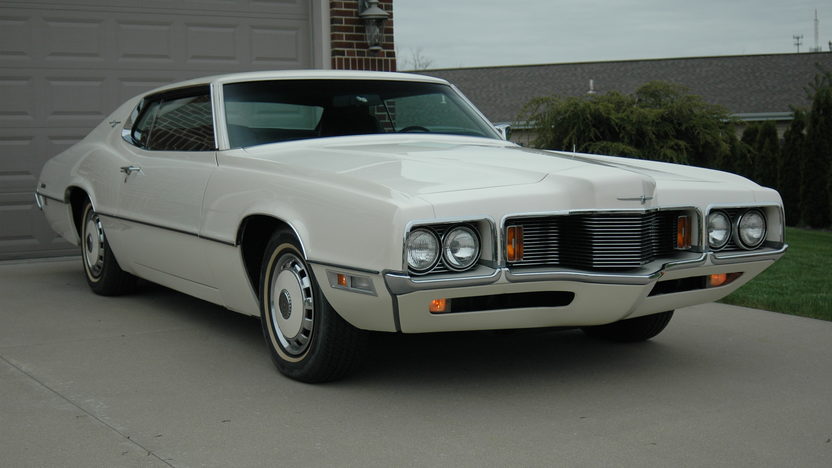
How have these cars flown under the radar for so long? From the front three-quarter view they look long and low, with a jutting grille that resembles the mid-size Mercury Cyclone. However, its rear three-quarter view is among the best of any car built during the decade. The roof is so low it looks chopped, and the taillights frame the car perfectly.
Barrett-Jackson sold a customized 1970 Thunderbird at its 2019 Las Vegas sale—the purple car you see above—that had the front of a 1967 Thunderbird seamlessly grafted on. The hidden headlights were a fantastic addition, but even in stock form they look amazing. The custom version, absolutely regal in metallic purple, went for $55,000. A well-preserved model will cost much less.
Power came from a 360-hp 429-cubic-inch V-8, and while a Boss 429 would be killer, the Thunderbird’s engine bay should be a bit more accommodating of the massive engine than the Mustang’s.
1969–70 Buick Wildcat
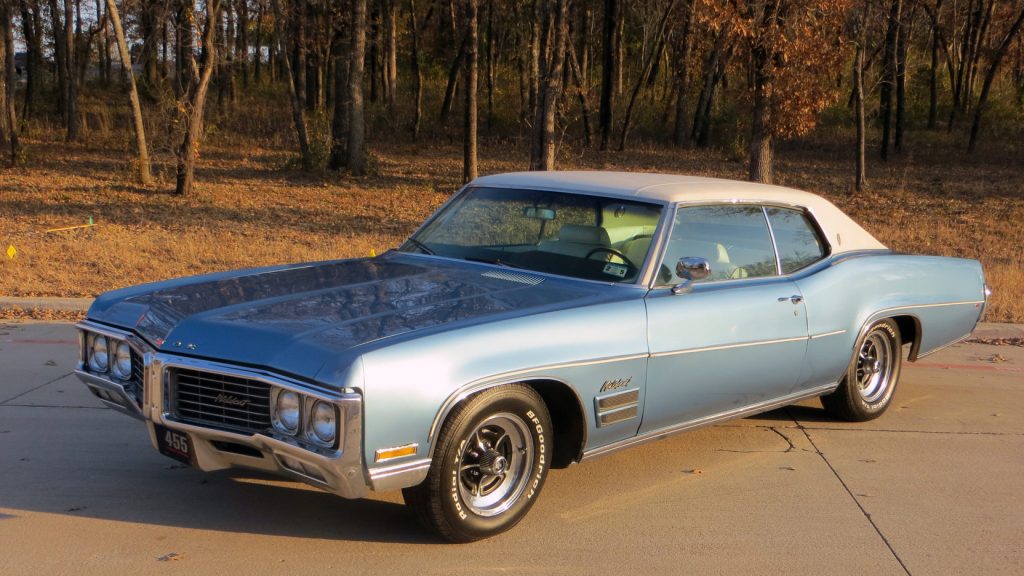
We’ve sung the praises of the Buick Wildcat before, but here’s the chorus one more time: The Wildcat offers up a lot of the performance of the Impala SS, without the premium price that comes with the collectibility of the “SS” badge. It brings fantastic looks, solid big-block power plants, and smooth cruising. The only problem is that they don’t come up for sale as often as their more popular B-body platform mates.
That said, because Wildcats have the benefit of riding on GM’s long-lived B-body chassis, OEM brake and suspension upgrades are simple and affordable. Spindles and calipers for big disc brakes can be found on junkyard ’90s Caprice cop cars or Impalas. Rear axle brake upgrades are just as simple.
The 1969 models with Buick’s 360-hp, 430-cubic-inch V-8, or 1970 models with the 370-hp 455, are still affordable and look every bit as good as their Chevrolet counterparts.
1969 Pontiac Bonneville
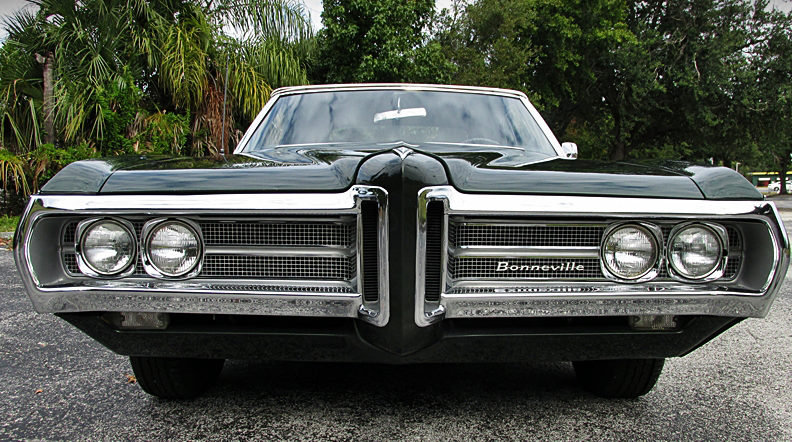
The Pontiac Bonneville could be ordered with a more formal roofline, like the one found on the Grand Prix, but with the more traditional lines of the LeMans. The result is an upscale car without the polarizing nose of the Grand Prix. (That look would come to the Bonneville the following year.) I also love the rear view of the Bonneville, with taillights that almost drape over the rear of the car, as they would a year later with the Thunderbird.
Pretty much everything I mentioned about the Wildcat applies to the Bonneville, as it also rides on GM’s B-body chassis. The difference is that the Bonneville got Pontiac’s potent 390-hp 428-cubic-inch V-8. What’s not to love about this pavement-pounding full-size?
1970 Mercury Marauder
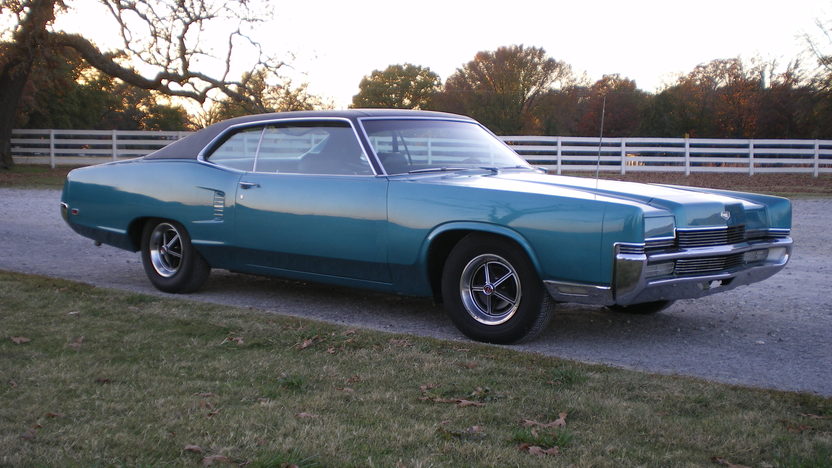
Mercury’s take on the personal luxury coupe for 1970 seemed a bit more forward-thinking than its Ford Thunderbird counterpart. Its squared-off leading edge was more formal and anticipated the look of future American cars, yet it boasted a sporty fastback roofline. The overall package is a perfect amalgam of luxury and sportiness. Bonus points for hidden headlights.
Under the hood was Ford’s familiar 429, again in 360-hp trim. That’s modest power by today’s metrics, but even full-size cars of that era weren’t terribly heavy. Bump the displacement to 460 cubes or more, add a roller cam, massage the cylinder heads a bit, and you’d have all the makings of a sleeper.
1972 Plymouth Gran Fury

Mopar’s C-bodies adopted “fuselage styling” in 1969. Dozens of unique Plymouth, Dodge, and Chrysler coupes, sedans, and wagons adopted this look, with varying success. Overall, the 1969–73 C-bodies have aged nicely. The Chrysler 300, particularly the 1970 Hurst variant, is a standout. Unfortunately, its 375-hp 440 big-block comes with a premium. They’re rare and pricey.
In contrast, the 1972 Plymouth Gran Fury is a relative bargain. Its massive, full-width chrome bumper was divided into two openings. It looks like it could eat a 1970 Coronet and spit out its slant six in disgust. Not subtle or understated—exactly why the Gran Fury rules.
1968 AMC Ambassador
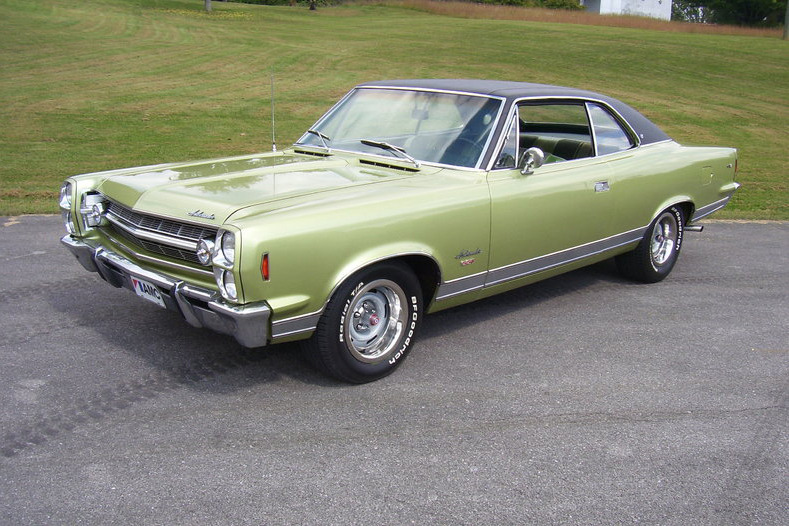
Last but not least, we have the AMC Ambassador. Perhaps the most overlooked full-size on this list, the Ambassador has gorgeous lines and offers up a 390-cubic-inch V-8 engine. I just love the bulges in the fenders and quarter panels that match the bumpers, and the stacked taillights that almost mirror the headlights. The next-generation Ambassador, with its beautiful roofline, deserves an honorable mention, as well. It, too, had 390 power initially, giving way for the 401.
You won’t have trouble rebuilding or hot-rodding an AMC V-8 to keep up with any of the other V-8s on this list, but an Ambassador might prove trickier to restore. It still sounds like a worthwhile endeavor, especially for an AMC loyalist.
***
Check out the Hagerty Media homepage so you don’t miss a single story, or better yet, bookmark it. To get our best stories delivered right to your inbox, subscribe to our newsletters.
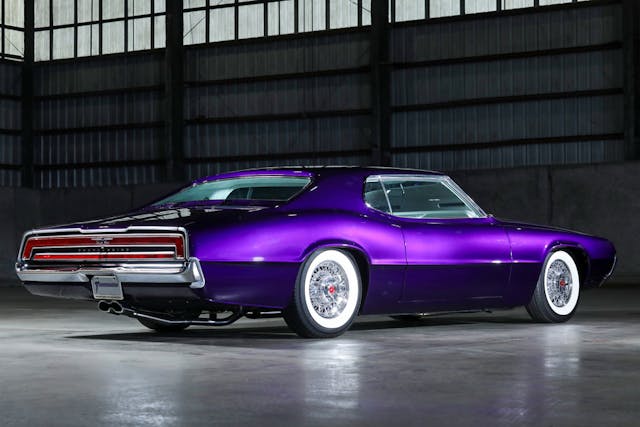


The real point is, get something to drive. Most of us can’t afford a Z, SS or Mach 1. Kids and stuff like that; but if you look hard you can find decent cars that won’t break the bank and your family will enjoy. Mine is a 73 Oldsmobile Delta 88 Royals convertible with a 455. Tons of fun.
My mom & dad had a ’69 Pontiac Catalina wagon with a 428 ci. They use to haul 5 of us brats and a big trailer on camping trips up in the mountains to north Idaho every summer from CA. I even got to help with the driving, man that car had some serious torque. I wish I had that car now, lots of great memories.
These cars are so homely, if not downright ugly. That’s why they fly under the radar.
had to laugh about – upgrades for the wildcats can be found off of caprice cop cars/ impalas at local junkyards… i’m in the tampa bay area and I haven’t seen a 9c1 caprice let alone an impala come into a yard in years
Ahhh…..the 70s…..I pretty much ran the gauntlet of 1970 Fords…..70 Mustang, 70 Ranchero, 70 LTD, 70 1\2 ton Camper Special and I also inherited a 72 LTD XL and 72 3\4 ton from my grandpa…..all lived into their high 100k’s.
My personal “big boy car” would be the 1965 Oldsmobile Starfire. Big engine, beautiful interior, leather and chrome everywhere, unique styling, and those exhaust tips out the side fenders… perfection.
HOW ABOUT THE 1969 IMPALA SS 427 ? I ALSO PREFERRED THE 1970 AMC AMBASSADOR, IT HAD THAT GREAT ROOF LINE LIKE THE MACHINE. YES THEIR ARE MANY FULL SIZE CARS, HOWEVER THEY ONLY MENTIONED SIX. SO THERE YOU HAVE IT. film at 11.
My Dad had a new 69 T-Bird two door with the standard 429. I was 19 at the time with my personal car was a 69 TR6. He would let me use the car for different kind of fun like smoking the tires, however, in 1971 with my new BMW 2002 needed a warranty repair requiring me to take the T-Bird to college for a week in New Hampshire, a 6 hour drive from New Jersey. At 5 mpg and about $.35 per gallon, it messed up my weekly budget quickly. I was happy to get the Bimmer back. I purchased a 69 T-Bird 2 door 48K miles in a plum color, It brought back a lot nice memories.
I like the 1969–70 Buick Wildcat the best from this list.
Hey, hey, good call. I had a ’70 Electra with the 455, that car was a beast. Only real problem was the “boogwaJet” carburetor. You’d stomp on it, and the engine would die for a couple of seconds, then suddenly. “katie bar the door”. Beautiful car, and one of the few I’d love to have back.
I had a 66 Fury III 2 dr hardtop c/w the leaning tower of power. That car had great lines and available power went right up to the 440.